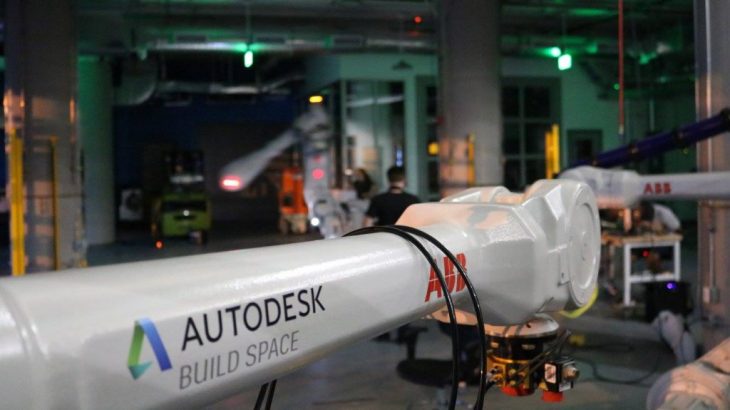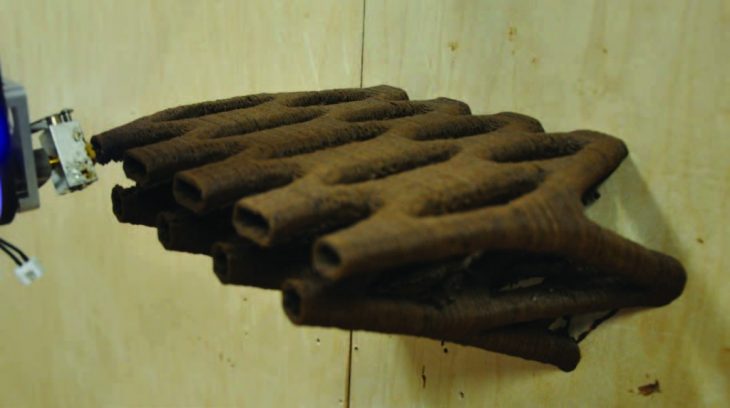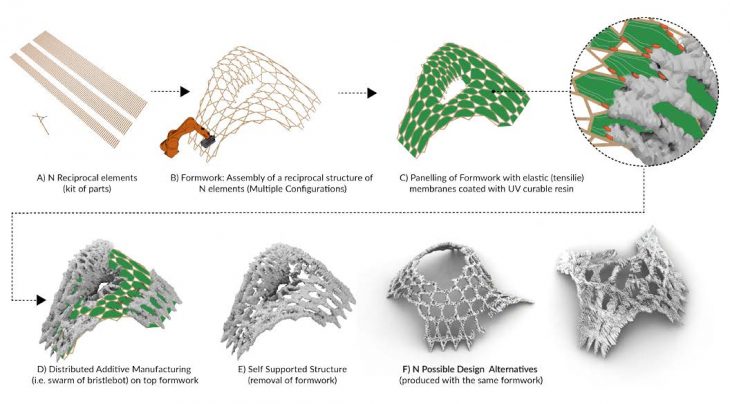IAAC + Autodesk BUILDers in Residence – Selected Projects Announced
A few weeks ago IAAC and Autodesk announced their collaboration in establishing Research Residency Positions in Boston and Barcelona.
Four projects, ranging from Carbon Fiber 3D Printing to Responsive Structures, have been selected among the many proposals received to be developed at Autodesk BUILD Space in Boston and IAAC premises in Barcelona, starting next January 2017.

The research theme of Oriol Carrasco, Carbon Fiber 3D Printing for Large Scale Applications, aims at bringing composites closer to design and architecture, creating a more complex, robust and cheaper large-scale carbon parts.
The idea is to develop a new system of understanding manufacturing processes with composite materials, taking into consideration the challenges and geometries that 3D printing processes can offer to design and architecture.

The primary objective of the residency of Brian Peters will be to develop a custom 3D Printer for Vertical Surfaces that is small, mobile and can attach to existing infrastructure, structures or surfaces.
This hybrid 3D printing system will print directly on surfaces that are typically used on interiors and will be used to fabricate both functional objects that directly adhere to the wall and detailed, ornate finishes.

Behavioral Shell Morphogenesis, the project proposed by Evangelos Pantazis explores structural form finding through the implementation of agent based modelling and behavioral design strategies that take into consideration architectural, structural, environmental, and tectonic parameters as well as fabrication constraints.
Its objective is to facilitate the design generation, analysis, and construction of complex shell structures using robotic additive manufacturing and assembly.
Mona Ghandi’s research project Elastic Transformable Structures attempts to design a reconfigurable structure that interact with the human emotions, feelings, and thoughts.
The objective is to explore the potential of architecture to communicate, respond and perform according to its inhabitants’ thoughts and feelings, conducting immediate response to the user’s neurophysiological and neuropsychological changes.